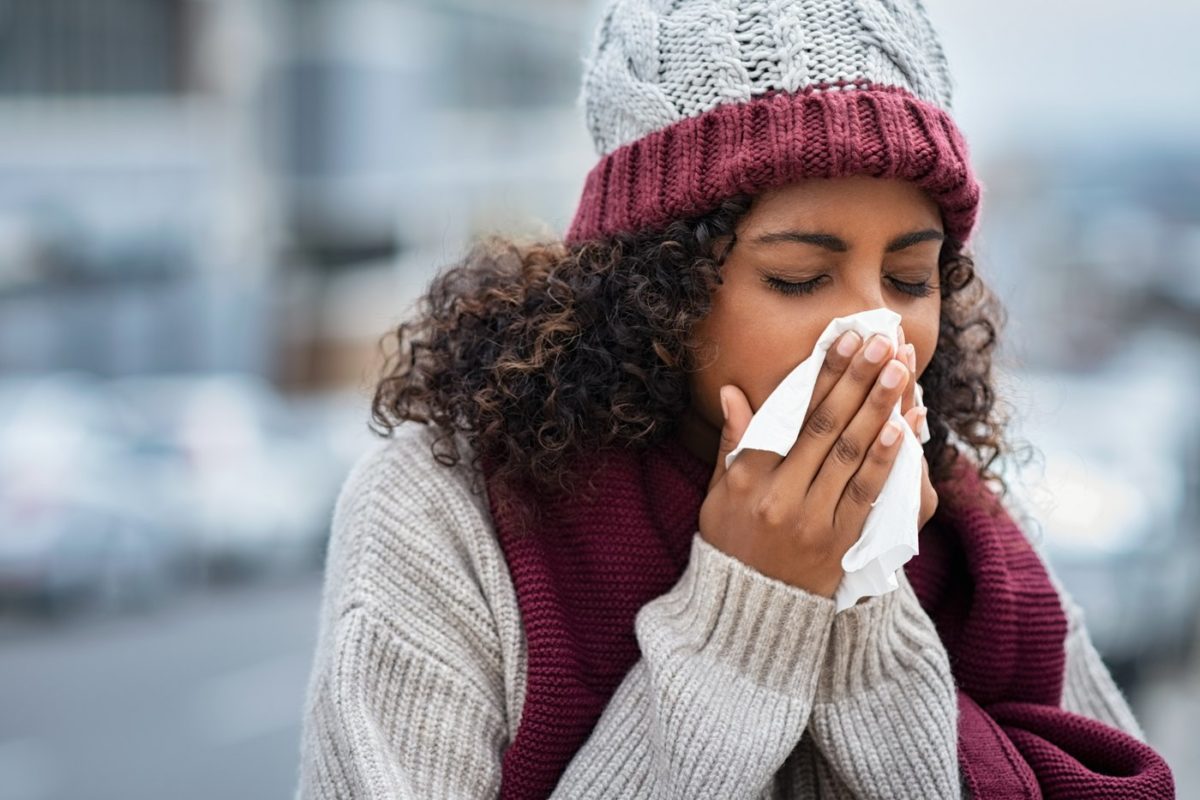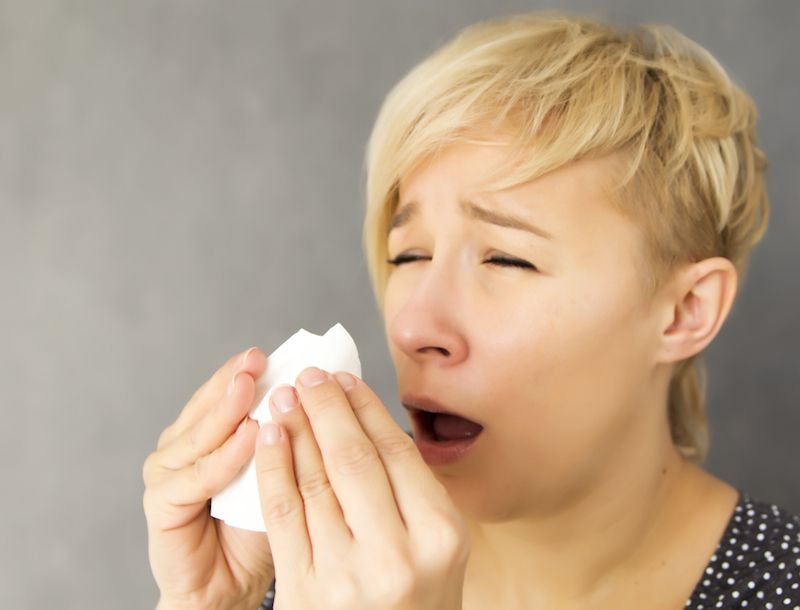

Data confirm patterns seen by epi experts "Staying home and out of public spaces could make a difference in the spread of the influenza virus," she said.Īmong other surprising findings, the team found an association between higher viral shedding in fine-aerosol samples and flu vaccination in the both the current and previous year's season, a finding they said requires further study.Īlso, they saw that fine-aerosol shedding was significantly greater for men, who seemed to produce 3.2 times more virus per cough than women, though the women coughed more often than the men did. Sheryl Ehrman, PhD, a study coauthor who is with the college of engineering at San Jose State University, said in the news release that the study findings suggest that keeping surfaces clean, washing hands all the time, and avoiding those who are coughing doesn't provide complete protection from flu. "So when someone is coming down with influenza, they should go home and not remain in the workplace and infect others," he said. Researchers: Stay home when sick!ĭonald Milton, MD, MPH, who led the team and is a professor of environmental health at the University of Maryland School of Public Health, said in a press release from the college that sick patients contaminate the air around them, just by breathing, and not just by coughing or sneezing, especially during the first few days of illness. In the few sneezes captured by the Gesundheit machine, investigators didn't see greater viral RNA copy numbers in coarse or fine aerosols, hinting that sneezing doesn't make as important a contribution as virus shed through aerosols. They were surprised to find that 11 (48%) of the 23 fine aerosol samples acquired when patients weren't coughing had detectable viral RNA, and of those 8 contained infectious virus, suggesting that coughing isn't a prerequisite for generating fine aerosol droplets. When the team analyzed the samples, they found that a significant number of patients routinely shed infectious virus-not just RNA particles-into particles small enough for airborne transmission. Patients were also asked to cough, sneeze, and say the alphabet three times.Īltogether, researchers collected 218 nasopharyngeal samples and 218 breathing sample sessions. To measure transmission, each participant sat in a chamber for 30 minutes with his or her face in a large metal cone, part of a "Gesundheit machine" that captures and measures influenza virus in exhaled breath.

Among those with flu, the researchers obtained nasopharyngeal samples on days 1 through 3 after symptom onset. Of the 355 college-age people they tested, 142 were positive for flu.

The team recruited volunteers with flulike illness on the University of Maryland's College Park campus and surrounding areas from December 2012 through March 2013. 'Gesundheit' machine analyzed patients' breath A research team led by the University of Maryland reported its findings yesterday in Proceedings of the National Academy of Sciences (PNAS).

The new details about how flu spreads-a topic that in the past has stirred up scientific controversy over which size of respiratory droplets can carry the viruses-come as the United States and other countries battle a tough flu season (see related CIDRAP News story).Īnd the findings might fine-tune future recommendations on nonpharmaceutical steps people can take to reduce their risk of contracting flu. Sick people can pass flu to others just by breathing, according to a new study showing how the virus can spread by airborne routes, with the role of transmission from coughing and sneezing smaller than previously thought.


 0 kommentar(er)
0 kommentar(er)
